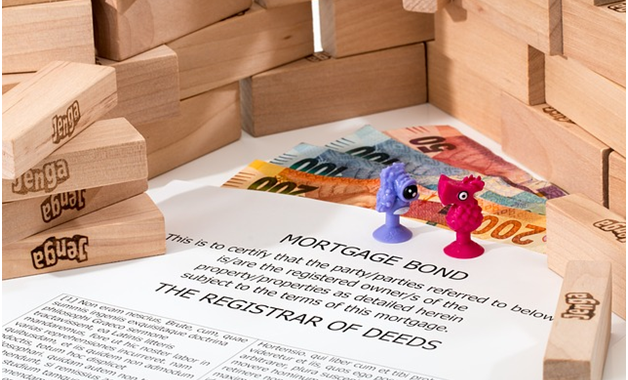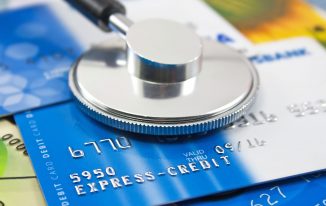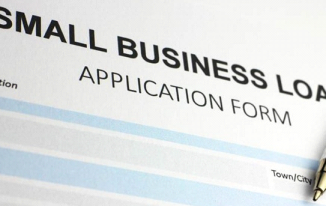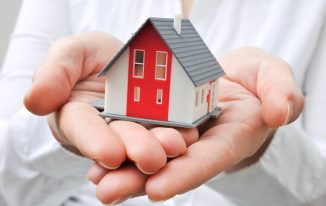Image Source: pixabay.com
Energy-efficient Home Made More Cost-effective with Mortgage Loan Insurance
If you wish to purchase and acquire a home, specifically an energy-efficient housing, then you will need a mortgage loan insurance such as Energy Efficient Mortgage. An EEM is a loan insurance that helps home buyers to cut down their utility bills by financing the cost of adding energy-saving features into a home.
You can either acquire this type of mortgage through a mortgage refinance or purchase. Those people who qualify for this loan insurance will need to conduct a home inspection led by an energy rater from the Department of Energy. The outcome will then be, for the most part, used when you apply for an EEM.
The results come in a list of energy-efficient features that align with the required criteria. You can enjoy a lot of benefits with this type of loan whether you are selling, buying, remodeling, or refinancing a home. In essence, the Energy Efficient Mortgage helps home buyers to lower utility bill costs, and thus, you can manage to get a slightly higher mortgage payment.
EEM Financing Programs
To be eligible for an Energy Efficient Mortgage loan, you can either apply via a standard loan program or a government insured program. There are also some states that offer targeted-programs for the people residing there. To know more, feel free to reach out to your state energy office.
Furthermore, there are other Energy Efficient Mortgage programs designed for both existing homes and new homes. With an Energy Efficient Mortgage, you can refinance a property that’ll become more energy-efficient after doing some energy-saving updates or buy a property that you wish to become energy-efficient.
A lot of energy-saving financing programs such as Annapolis Mortgage Group offer both types of Energy Efficient Mortgages, including home loans for turning your home to energy-efficient one.
Home Energy Rating
This rating will aid you to qualify or to be eligible for an Energy Efficient Mortgage by notifying you and the mortgage lender how energy-efficient your property is. A home energy rating usually includes an energy audit conducted by an experienced energy rater who’s, for the most part, certified and approved under HERS (home energy rating system).
Your property will be rated from 0 to 150, with 0 being the lowest. But take note that the lower the rating, the more energy-efficient your home is. A professional energy rater will scrutinize and check the energy-related elements of your property. For example, air leakage, cooling systems, heating systems, window efficiency, and insulation levels.
After the assessment, the person-in-charge for the inspection will give you a report that comprises the estimate of yearly energy costs and use and your home’s energy rating. Also, the report might suggest you make some energy upgrades, show you the expected savings and estimated costs.
For you to be eligible for this loan, the report should state that your property is energy-efficient, or will be energy-efficient after the suggested updates and that the updates are affordable. The improvements will save you tons of money over time compared to the amount of money you are borrowing to do them, and a mortgage lender can acknowledge these savings and include the cost of the updates into the mortgage. On the other hand, if the property is energy-efficient already, the mortgage lender can extend the debt-to-income ratio.
Takeaway
All in all, if you want to buy a home and make it energy-efficient, then applying for mortgage loan insurance such as Energy Efficient Mortgage is the best solution. With EEM, turning your home into an energy-efficient one becomes more affordable. You can either apply via a standard loan program or a government insured program.




